
Power Quality Measurements in all voltage levels of the utilities up to 150 kHz – Is it possible?
- Posted by Neo Messtechnik
- On 23. July 2021
- 0 Comments
A reliable energy supply has meanwhile become an important location factor for many companies. While power failures and voltage fluctuations were among the most important parameters of supply quality in the past, voltage transients and voltage harmonics are becoming more and more important.
Table of Contents
1 – Overview
Welcome to another chapter of Power Quality Explained
Make sure to also read through past articles by our NEO Messtechnik experts about the X’s and O’s of Power Quality Analysis and Monitoring – just click here!
2 – Introduction
This is mainly due to the increasing number of non-linear loads and many de-central renewable energy sources. In order to guarantee uniform standards for electrical energy supply in Europe, the minimum requirements for voltage quality are defined in a European standard. This is EN 50160, which is entitled “Voltage Characteristics in Public Distribution Systems”. This standard is to be understood as a product standard for electrical energy and for this reason is also used as a valid product standard in electricity supply contracts. In February 2014 the Federal Court of Justice in Germany made it unequivocally clear that electricity is also subject to the Product Liability Act. The distribution network operator is thus liable for damage to electrical consumers that can be traced back to poor voltage quality on the part of the distribution network operator. For this reason, many measuring device manufacturers now offer measuring devices that prepare automated quality reports in accordance with EN 50160. Digital billing meters are also increasingly offering power quality functions in accordance with EN 50160. While the measuring devices can process the voltage directly in the low voltage range, we rely on voltage transformers or voltage sensors in the medium voltage range. The voltage quality is usually measured on older already existing systems. However, the built-in voltage transformers usually do not give any indication of the transmission behaviour at higher frequencies on the rating plate. The devices are only specified for the 50 Hz fundamental frequency of the network. However, measurements according to EN 50160 require a frequency range of up to 2 kHz. We want to investigate the question of whether the existing devices are suitable for measurements up to 2 kHz.
Inductive transformers
Almost without exception, the built-in voltage transformers are inductive transformers that work according to the transformer principle.
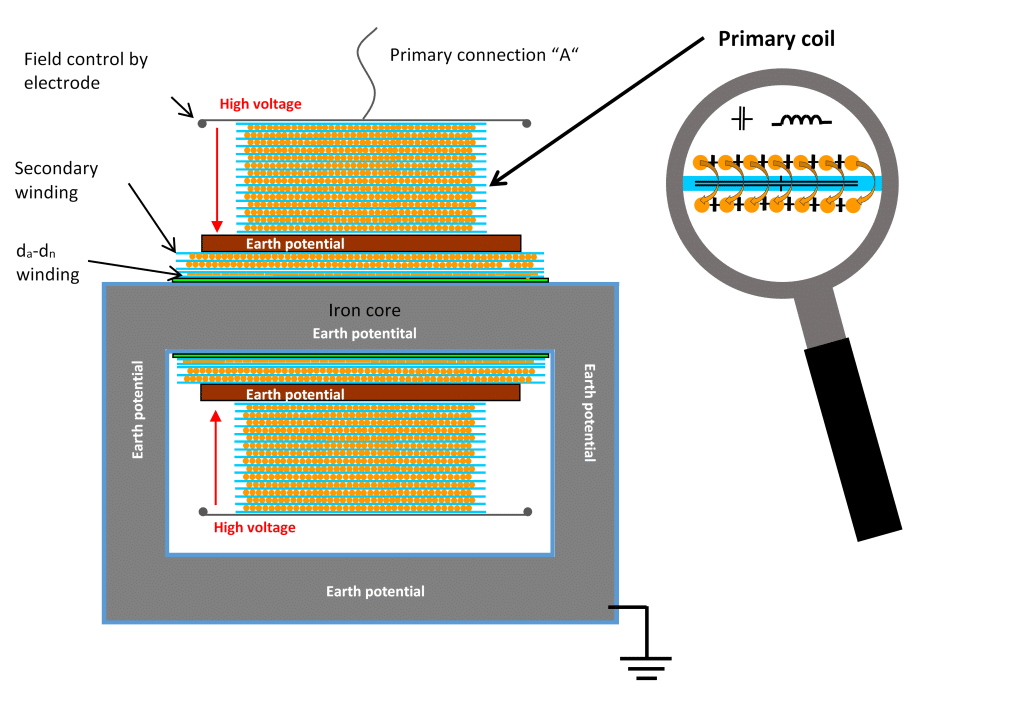
In detail, the primary coil not only consists of inductive copper windings, but capacities also result from the individual layers isolated from one another. The capacities between the individual turns also contribute to the total capacitance of the primary coil. This results in a resonant circuit made up of inductance, capacitance and ohmic resistance, which must also have a corresponding resonance frequency.
In order to find this resonance frequency, a commercially available 10 kV voltage transformer is now tested with the “frequency sweep method” with 6,400 measuring points up to 10 kHz.

We found it!

A resonance point can be seen at approx. 6 kHz. While the voltage transformer transmits the primary signal acceptably up to approx. 5 kHz, an amplitude error of approx. 100% and a phase error of 87 ° results at approx. 6 kHz. A reliable PQ analysis up to 9 kHz can therefore not be carried out with this voltage transformer.
Despite the normatively regulated voltage levels, every instrument transformer manufacturer has a large number of different voltage transformers with different primary coils in order to be able to meet the most diverse secondary configurations by the customer. These voltage transformers have already been delivered and installed in measuring fields. The manufacturer can only carry out a rough calculation of the first resonance point in connection with the archived production documents. However, the resonance point measured in practice can often deviate from the calculation result by a few kHz. It is therefore very difficult for instrument transformer manufacturers to make reliable statements for devices that have already been delivered.
Frequency transmission behaviour of voltage transformers
A contribution from the technical and scientific organization CIGRE / CIRED offers the measuring point operators good support. A guideline for power quality measurements was published here, which provides a meaningful table with regard to the frequency transmission behaviour of voltage transformers.
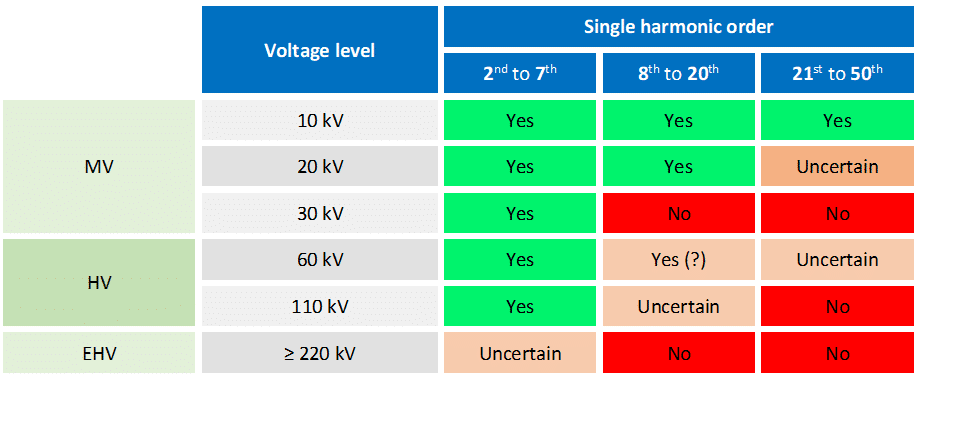
It can be seen that 10 kV voltage transformers up to the 50th harmonic (2.5 kHz) can generally be used for PQ measurements. This statement is consistent with our measurement result in Figure 3.
In the 20 kV range, however, according to the table, devices have already been found that do not provide any reliable measured values on the secondary side from the 21st harmonic upwards. In the 30 kV range, there is even a general approval up to the 7th harmonic. We state that only 10 kV voltage transformers can be used in existing systems for reliable EN 50160 measurements. In the voltage levels 20 and 30 kV, information must be provided by the instrument transformer manufacturer.
The voltage transformers examined here are exclusively single-pole devices. Two-pole voltage transformers, which can still be found in older existing installations in medium voltage grids, cannot be used for the analysis of harmonics. This is due to the voltage measurement between the conductors.
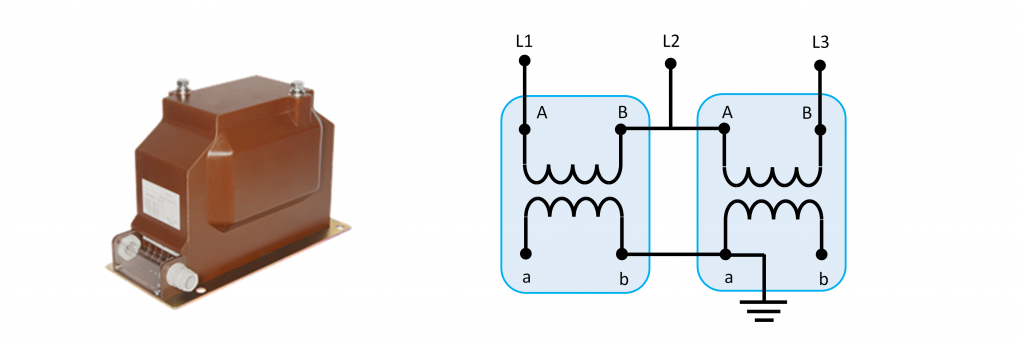
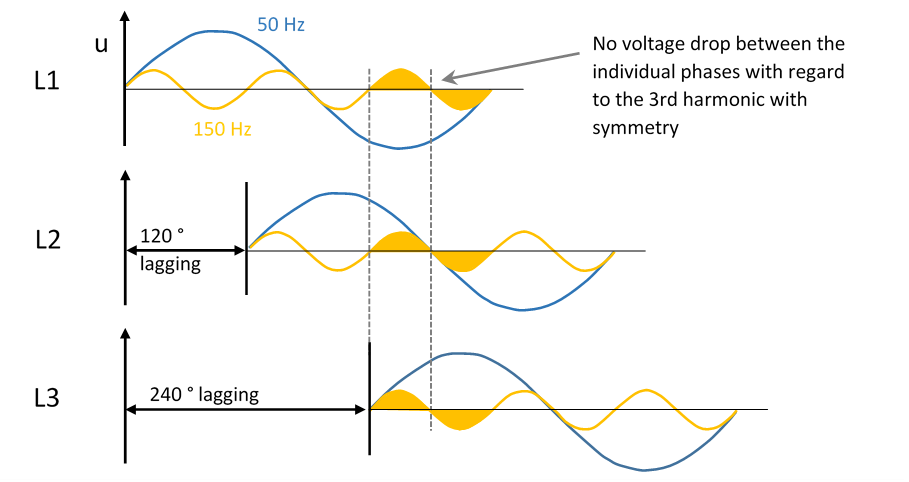
Despite the 120 ° phase shift of the 50 Hz conductor voltages, the amplitude values of the superimposed 3rd harmonic are not offset and thus cannot generate a voltage difference between the conductors. This generally applies to all harmonics divisible by 3.
Thus, the THDu obtained by the two-wattmeter circuit is reduced by the values of the voltage harmonics divisible by three (3, 6, 9,…).
3 – Measurements up to 2 kHz still sufficient?
Furthermore, the question arises whether measurements up to 2 kHz are still sufficient. The current IEC 61000-2-2 (Environment – Compatibility levels for low-frequency conducted disturbances and signalling in public low-voltage power supply systems) already specifies limit values for voltages up to 150 kHz.
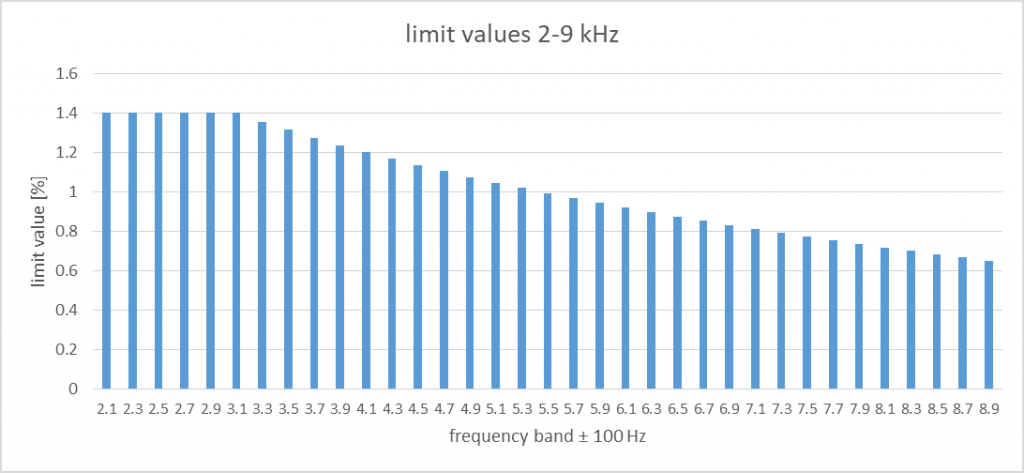
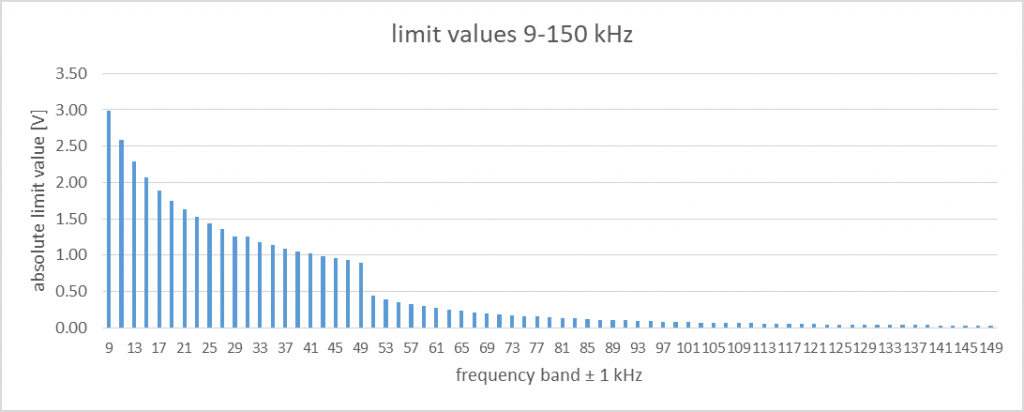
The EN 50160 cited in electricity supply contracts has been updated in 2020, but limit values beyond 2 kHz have not yet been bindingly defined. Thus, a voltage measurement up to 2 kHz is sufficient for determining the quality of the electrical energy. However, PQ measurements up to 9 kHz are already required for the grid connection of feed-in plants.
MBS AG therefore offers frequency-optimised voltage transformers up to 24 kV for the measurement range up to 9 kHz. The accuracy requirement for these transformers is defined in IEC 61869-6. The amplitude and phase errors are as follows.

The transformer maintains class 0.5 up to approx. 8 kHz. From 8 kHz, class 1 is still clearly maintained. These voltage transformers thus enable reliable PQ measurement up to 9 kHz and, like all other medium-voltage transformers from MBS AG, are also SF6-free.
PQ measurements up to 150 kHz in the medium voltage
Many experts are already assuming that PQ measurements up to 150 kHz will also be carried out in the medium voltage in the future. Even some of the current mobile PQ analysers already measure up to at least 150 kHz, which may well be necessary for comprehensive interference analysis.
With inductive voltage transformers, the range up to 150 kHz is not technically feasible. With 24 kV devices, the first resonance point can only be pushed into the range of 10 to 20 kHz. Voltage sensors based on the voltage divider principle offer an alternative. As a reminder, the basic principle is shown here once again.
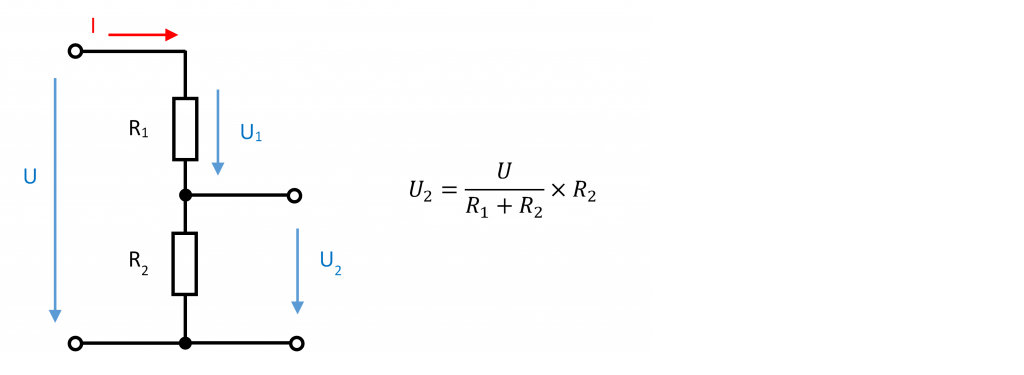
Already today, voltage sensors are mainly installed in existing local network stations that require an additional voltage measurement on the medium voltage side. Measuring fields with conventional inductive voltage transformers can only be retrofitted in rare cases for reasons of space. A proven method is to mount sensors in so-called T-connectors. This solution is space-saving and the installation is carried out by trained personnel within a reasonable time window. While the cone of the symmetrical connector is standardised according to IEC 50181, the cone of the compact T-connector has slightly different dimensions depending on the manufacturer. However, due to its patented design, the VAPxx-S voltage sensor intended for the compact T-connector can be used in the slightly different T-connectors of all well-known manufacturers without having to fear partial discharges. For the new type of compact T-connector from Nexans (480 TB), there is already also the matching sensor with the VCPxx-S.

The sensors shown in Figure 10 can be used up to a maximum of 24 kV. A 36 kV version is already planned.
For air-insulated switchgear or measuring fields, MBS AG has a sensor that is already being used in new systems as well as for retrofitting.
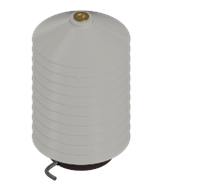
While the accuracy class at 50 Hz is noted on each sensor rating plate and is thus the responsibility of the manufacturer, manufacturers often do not provide protocols or reliable statements for measurements beyond 50 Hz. In the market, end users often hear the prejudice that ohmic dividers can generally transmit harmonics very well. This will be investigated in the following.
A resistive divider basically consists of two almost ohmic resistors, but these resistors always have parasitic inductive and capacitive components. A capacitance also forms around the high-voltage resistor, so that the technical literature does not speak of ohmic dividers, but of ohmic-capacitive dividers.
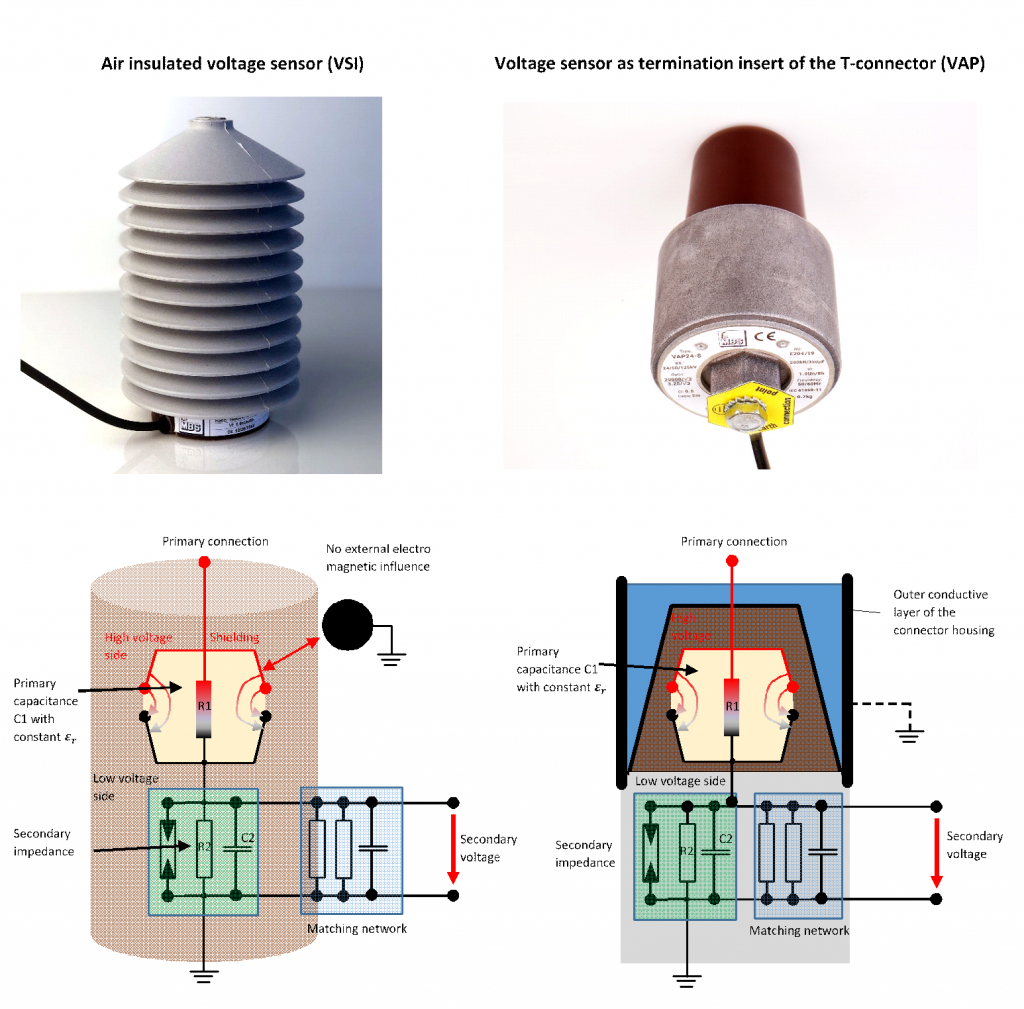
A simplified equivalent circuit can be derived from the figure above.
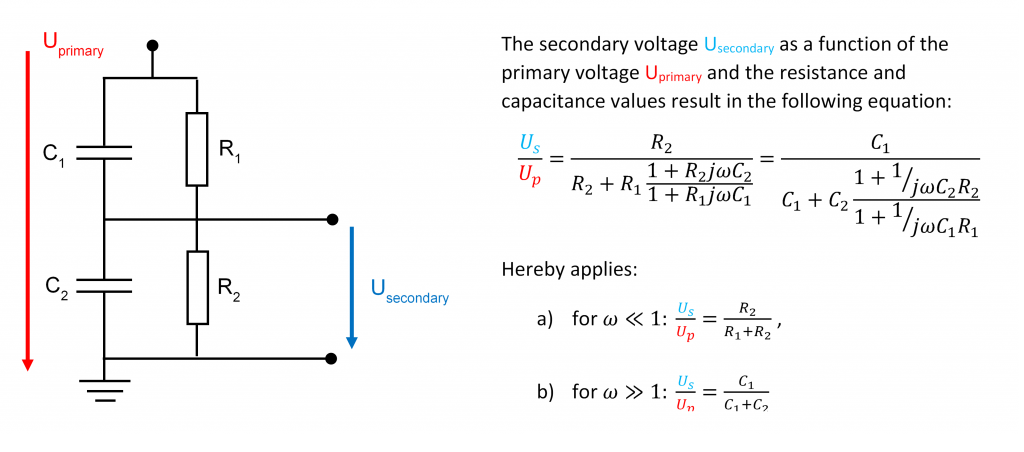
For the frequency independence of Us/Up, the following condition applies to the above equation
R1C1=R2C2
The question now arises whether ohmic-capacitive sensors in the medium voltage can be used for PQ measurements without further ado. In the following figure, a competitor’s and MBS’s own 50 Hz sensor have been measured from 50 to 150 kHz with respect to amplitude and phase errors.

Both sensors are outside the minimum requirements of class 1 for PQ measurements according to IEC 61869-6. For optimum transmission behaviour, the alignment network must also be optimized for higher frequencies.
MBS AG can currently provide voltage sensors for T-connectors and for air-insulated systems with optimized transmission behaviour up to 150 kHz.
For PQ measurements, frequency-optimized sensors are absolutely necessary in order to comply with the minimum requirement (class 1 according to IEC 61869-6). Transfer curves from current customer projects are shown in the following figures.
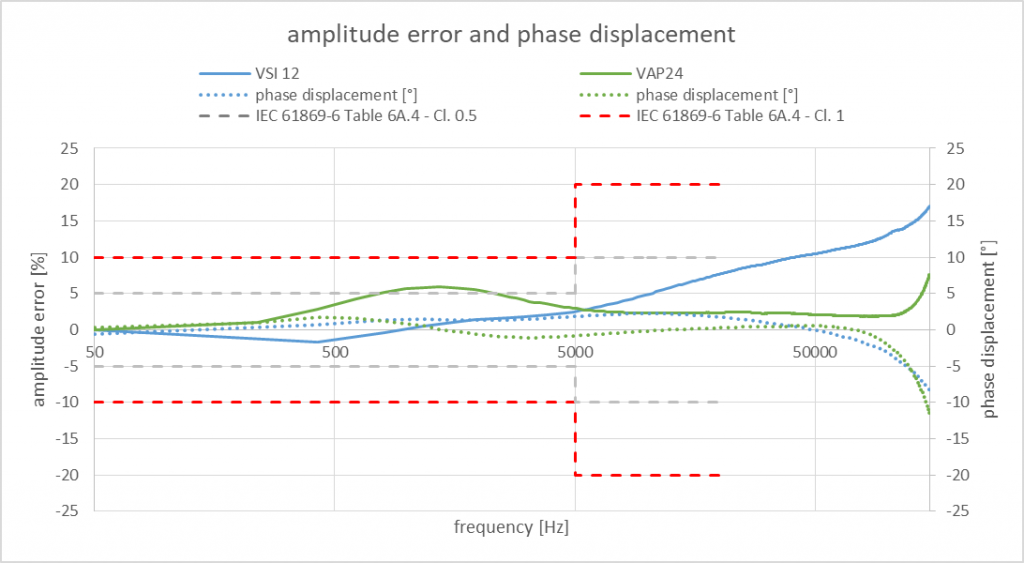
The voltage sensors are usually installed with corresponding current sensors. Unlike conventional current transformers, a voltage signal is output on the secondary side. However, broadband Rogowski coils can also be used.
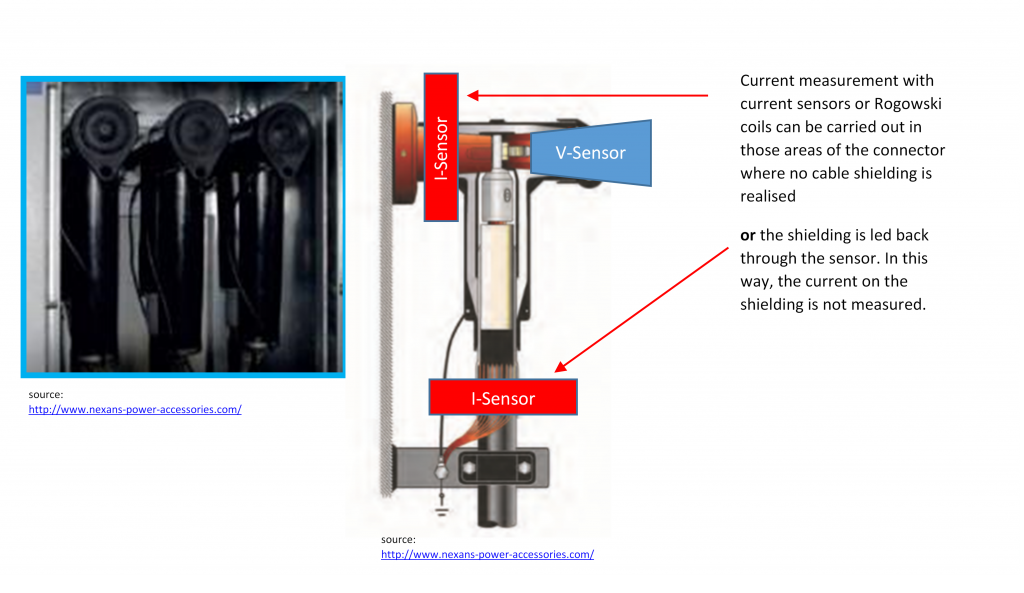
Various cable connector manufacturers also offer adapters for the external cone A. Thus, voltage measurements can be realised directly at the transformers in a space-saving way.
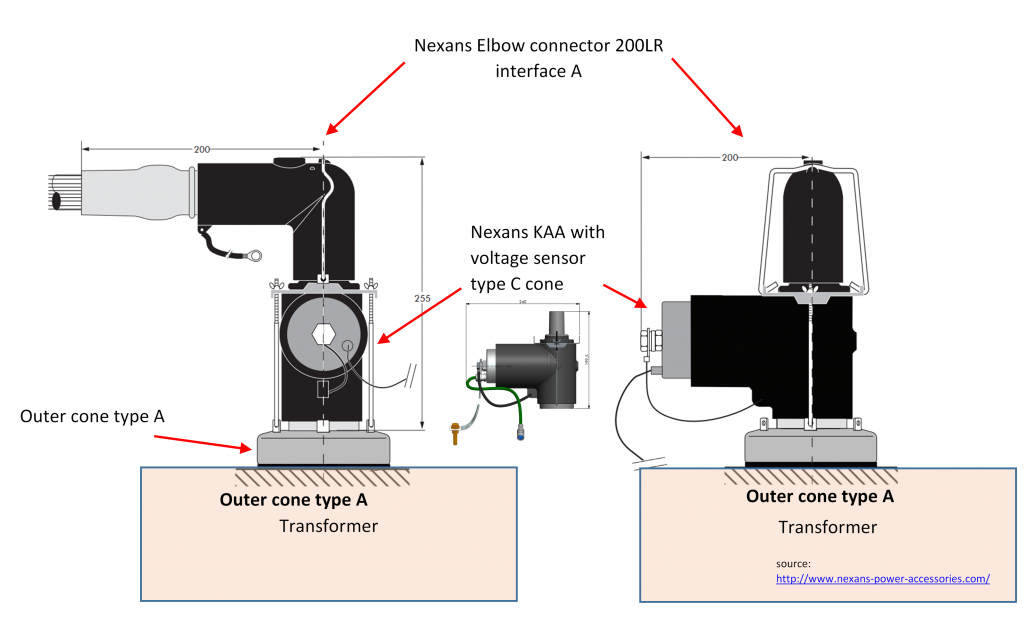
When selecting the measuring device, it should be noted that the voltage sensors addressed here can provide a maximum of 10/√3 volts on the secondary side. In Germany, the standard 3.25/√3 V has already become established. For current sensors, 225 or 333 mV are usually used.
Here, a problem often arises for the utility company when purchasing a mobile power quality analyser. In contrast to the traditional inductive voltage transformers with 100/√3 V, the voltage sensors only give a small signal up to a maximum of 10/√3 V. In the low-voltage range the voltage is measured directly. Frequency-optimised high-voltage transformers, which are designed also as RC dividers, usually provide 100/√3 V like conventional voltage transformers. This results in a wide variety of secondary voltages in the environment of energy supply companies.

4 – The solution
In order to be able to guarantee sufficient resolution and accuracy, a mobile PQ measuring device should be designed for these different measuring voltages.
The only mobile measuring device that currently meets these requirements is the PQA 8000H-P from NEO Messtechnik. It has switchable voltage inputs for 600 Vpeak and 10 or 20 Vpeak. With this option, it is possible for the utility company to carry out high-quality PQ measurements in the different voltage levels.
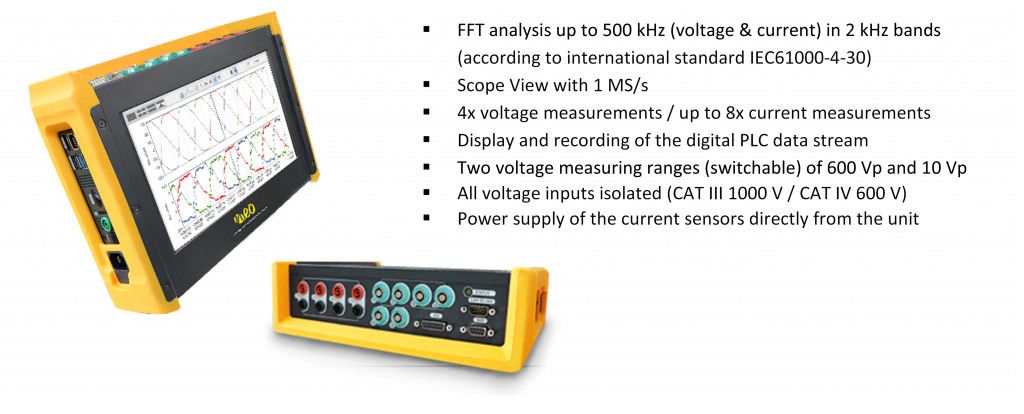
The input impedance of the voltage channels is 10 MOhm || 2 pF. Conventional voltage transformers in medium voltage are specified in terms of class accuracy with a burden power in VA. Values between 5 and 20 VA are common. The class noted on the rating plate applies to 25 to 100 % of this power. The power requirement of the mobile PQ unit is vanishingly small at the usual secondary output voltage of 100/√3 V.

The measuring device can therefore be operated in parallel to the connected measuring devices without affecting the accuracy.
The situation is different with the sensors in the medium and high voltage. Here, the RC dividers are precisely calibrated to the load resistance. In the high voltage, therefore, an extra terminal is often designed for the PQ measuring device. In medium voltage, the sensor must be precisely matched to the measuring device. However, measuring devices can also be operated in parallel here. By using parallel additional resistors, the PQ meter can be simulated when not in use.
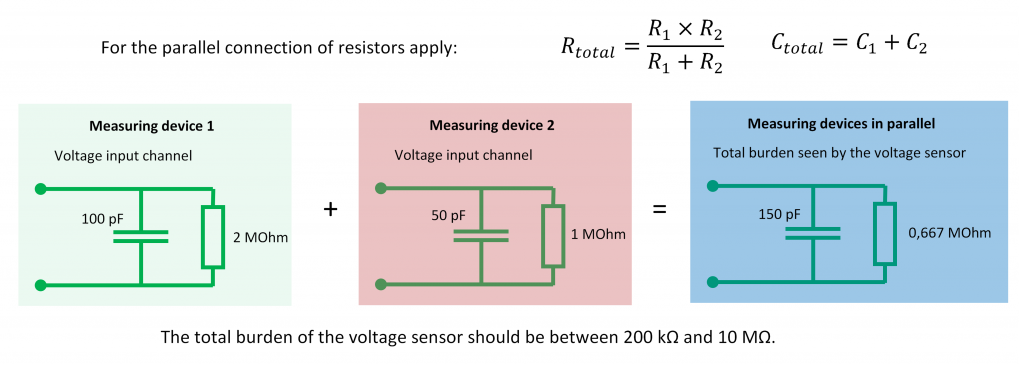
When using several measuring devices in different measuring stations, a convenient connection to the ENA SCADA system is possible.

It can be stated that by using ohmic-capacitive voltage sensors in the medium voltage in connection with a switchable mobile PQ analyser, measurements up to 150 kHz can also be carried out. With RC dividers in the high voltage, a measuring range of up to 30 kHz can currently be covered. From a technical point of view, there is no obstacle to adopting the limit values from the current IEC 61000-2-2 into EN 50160 for low and medium voltage. Only in the high voltage level the bandwidth is limited to 30 kHz.
5 – Authors
Roland Buerger (MBS AG)
Business Development/R & D, MBS AG, Sulzbach-Laufen (Germany)
rbuerger@mbs-ag.com
Bernhard Grasel (NEO MESSTECHNIK)
Sales Manager, NEO Messtechnik, Zoebern (Austria)
bernhard.grasel@neo-messtechnik.com
Your NEO Messtechnik experts


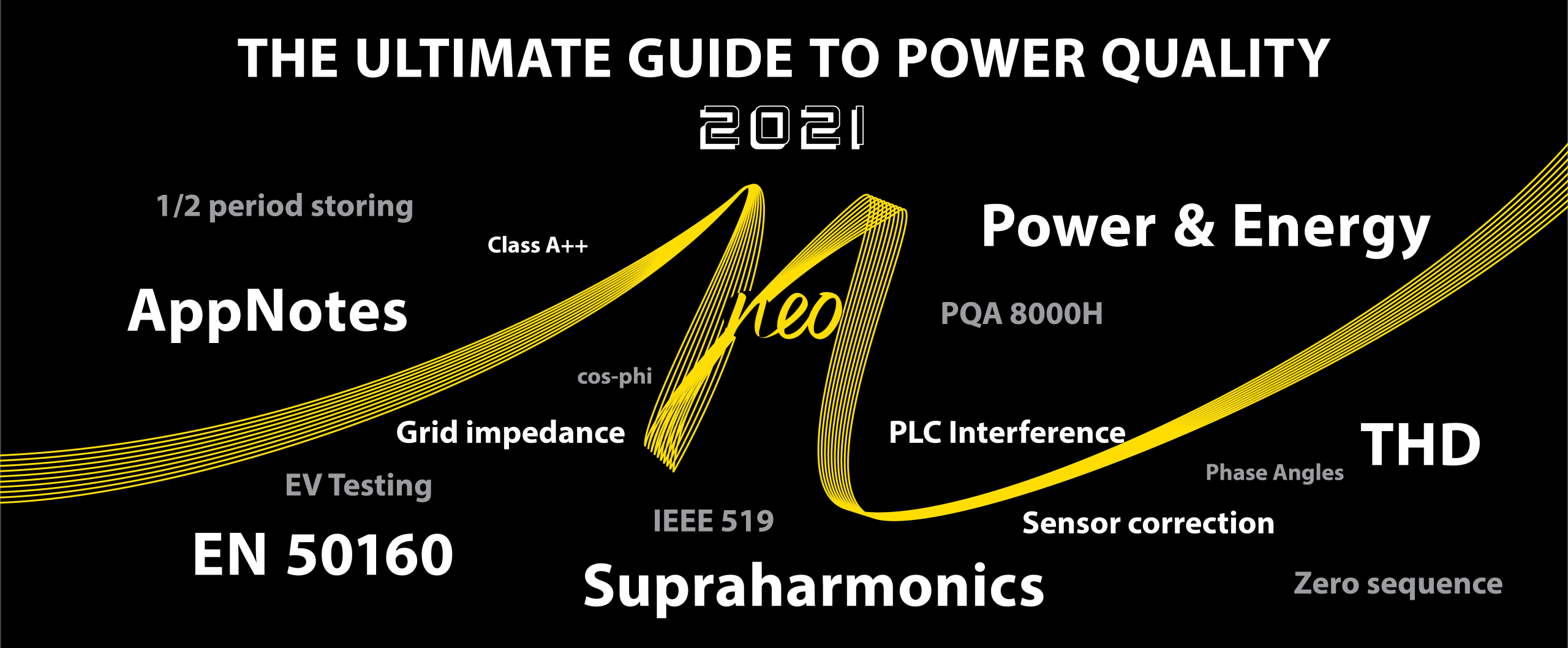


0 Comments